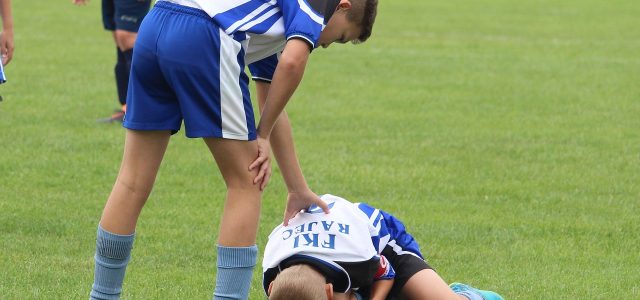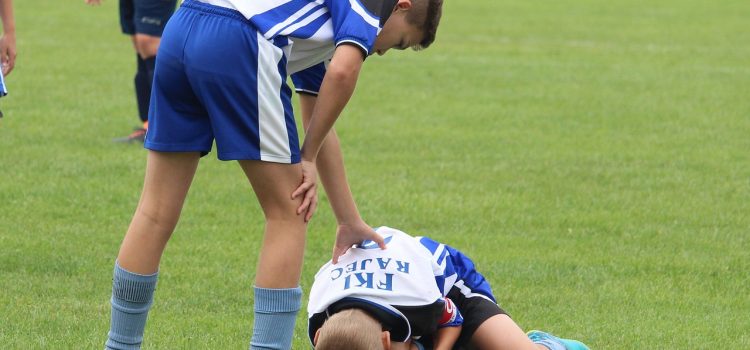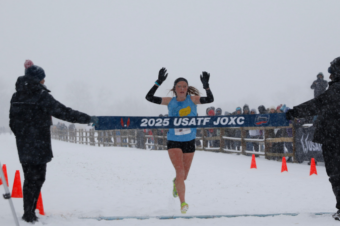

Sports Injury Prevention Strategies for Young Athletes
BlogClub Sports April 15, 2024 Lauren Keating 0

Peak performance isn’t possible without sports injury prevention. All the handwork can come to a sudden halt with one bad injury. However, there are injury prevention strategies young athletes can implement to make sure they are healthy during their sports season.
Injuries are part of growing pains for young athletes. Growth spurts mean the muscles, tendons, bones, and joints may grow at different rates. This causes imbalances and increases susceptibility to injury. Overuse injuries are also common. Improper technique, lack of warmup and stretching, and working through pain can all lead to injuries.
Common Sports Injuries
The type of injuries young athletes suffer from varies depending on the sport and the athlete’s physical condition. Common injuries include:
- Sprains
- Fractures
- Tendonitis
- Dislocation
- Meniscus tears
- ACL tears
- Rotator cuff injuries
- Shin splints

Image by Ronan Enright Solicitors from Pixabay
Sports Injury Prevention Strategies For Young Athletes
Warm-Up And Cool Down
It’s important to have young athletes know the importance of a proper warm-up. The idea is that the muscles need to get warm and ready to rock the workout. Dynamic warm-up snot static stretches are most beneficial.
Once the workout or sports practice is over, take the time to cool down. Here is where static stretches come in. Stretching can help prevent muscle tightness and soreness.
Progress Slowly
Young athletes starting a sport for the first time need to progress in intensity slowly. Jumping at full speed in workouts too fast can cause muscle tears and overuse injuries. Instead build up endurance, stamina, and strength.
Cross Train
Athletes should not just focus on their sport. Cross-training strengthens other muscles to prevent muscle imbalance and increase overall strength. It also gives the main muscles used in that sport a break to prevent overuse. Cross train with strength training or other aerobic workouts.
Proper Recovery
The muscles need time to recover. Continuous stress on the body can result in muscle tension and tightness and overuse injuries. Active recovery may also help such as going for a walk or doing yoga on non-practice days. Sleep is crucial for muscle repair and recovery.
Master Technique
Coaches should be working on proper techniques for young athletes. This is especially true in sports like running. Proper running form, stride length, and gait all contribute to avoiding injury in this sport. Baseball and tennis players should learn how to properly throw or swing to prevent shoulder and rotator cuff injuries.
Conclusion
Young athletes should know when to push themselves and when to listen to their bodies when avoiding injury. A good strategy to consider is that while minor discomfort might come with muscle use as the athlete progresses, never work through serious pain. Sleep, hydration, and nutrition are also important when keeping the body healthy and strong.









No comments so far.
Be first to leave comment below.